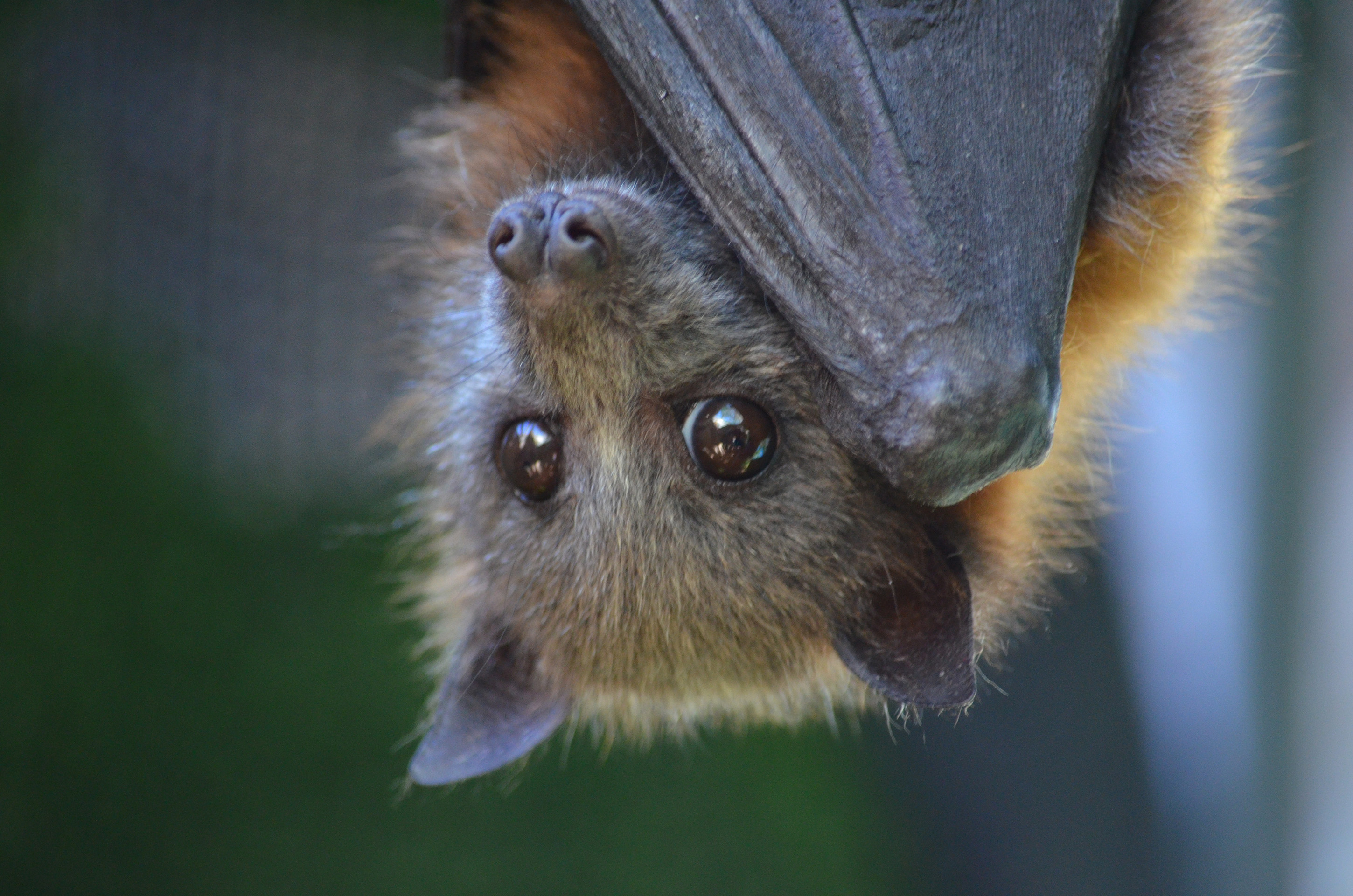
Flying Fox Toxic Paralysis
Thursday, January 2, 2025
WIRES is currently addressing a serious issue affecting populations of grey-headed and black flying foxes in south-eastern Queensland. This crisis is being driven by a combination of extreme weather conditions—high temperatures, humidity, and heavy rainfall—which are likely creating an environment conducive to fungal or bacterial toxins contaminating the bats' food sources, particularly the fruit they consume.
Key Issues:
- Toxic Paralysis: The flying foxes are suffering from a toxic paralysis, which is affecting their ability to move, their eyes to blink and tongue motility to assist food consumption. The difficulty with closing their eyes, requires constant lubrication from carers. The paralysis impacts their motor function, meaning they are unable to fly or cling to trees for long periods.
- Impact on Population: The situation is especially severe for mothers, including pregnant and lactating females, who have additional stress due to the extra demands of raising babies. This reproductive pressure, combined with mass death events earlier in the year, has led to fears that the species may be reclassified from "low risk" to "vulnerable."
- Labor-Intensive Rehabilitation: Bat carers are under immense pressure, as treating these bats requires constant care and attention. It’s not only physically intensive, involving managing the bats' paralysis and ensuring they are fed and hydrated (often with specially prepared smoothies and large quantities of fruit), but emotionally taxing, particularly for carers handling vulnerable mothers with dependent babies.
- Public Safety: It's crucial for the public to avoid direct contact with the flying foxes. In case of a bat in danger (e.g., from a pet or road), it's advised to cover the bat with a clothes basket and call a trained wildlife rescuer or carer. Only those who are vaccinated and trained should handle the bats due to the potential risks involved.
- Ongoing Testing: Authorities and experts, including veterinarians, are testing samples from affected bats to determine whether a fungal or bacterial toxin is responsible for the paralysis. The rapid spread of this condition due to environmental factors such as weather is concerning.
What You Can Do:
- Avoid direct contact: If you encounter a flying fox in distress, keep your distance. Do not touch or handle the bat.
- Support bat carers: Rehabilitation is intensive. Consider donating or obtaining specialist bat training with WIRES to help these creatures. Bat carers are working tirelessly, especially with the increased burden of caring for mothers and their babies.
Alongside veterinary support provided by Dr. Tania Bishop, WIRES are also supplying much needed resources such as fruit and rescue equipment for the wildlife rescue and rehabilitators who are responding to the crisis in QLD. Thanks to our partner, Woolworths who contribute to WIRES DRP we have been able to assist volunteers who are working hard to save flying foxes during this emergency.
For more information on our Disaster Relief Program (DRP) or if you are a wildlife carer in need of emergency assistance: https://www.wires.org.au/wildlife-programs/disaster-relief-program
Recent Posts
WIRES launches its first wildlife rehabilitation centre - Mullyang
WIRES Emergency Response in the wake of ex-tropical cyclone Alfred
International Women’s Day Volunteer Spotlight: Shelley
Tropical Cyclone Alfred – Emergency Wildlife Advice
Interview with WIRES Training and Development
Celebrating Women in Science: The Journey of Holly, Wildlife Conservationist and WIRES Team Member
